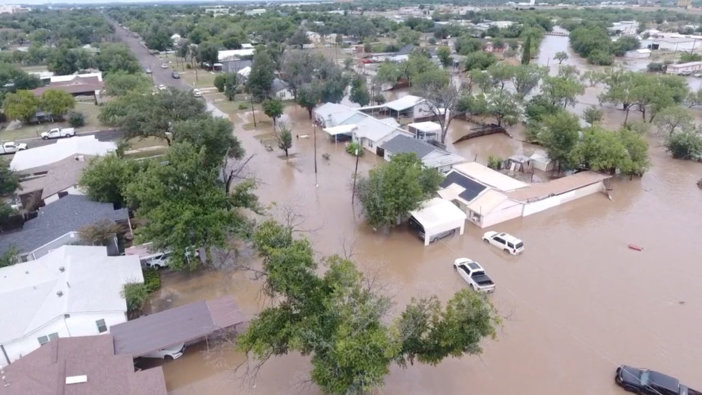
Texas Floods Highlight Need for Alert System Upgrade
After deadly Texas floods, officials vow to modernize outdated alert systems as 32 are dead and 27 girls remain missing.
Catastrophic Flood Exposes System Failures
At least 32 people have been killed in Texas after a powerful flood swept through the state on Friday, highlighting deep concerns over the effectiveness of the nation’s weather alert systems. The Department of Homeland Security (DHS) Secretary Kristi Noem addressed the mounting criticism in a press conference, acknowledging that outdated notification processes may have contributed to the tragedy. As of Saturday afternoon, 27 young girls remain missing, many from the hard-hit Camp Mystic, a private Christian camp in Hunt, Texas.
Noem, citing her experience as both a former member of Congress and governor, explained that timely weather alerts are crucial but challenging to deliver. She stressed that unpredictable weather patterns make warnings difficult, but noted repeated calls from officials and residents for more effective and rapid notification ahead of deadly storms. “That is one of the reasons that, when President Donald Trump took office, he said he wanted to fix and is currently upgrading the technology,” Noem said.
Push to Modernize Federal Warning Systems
Noem announced that the Trump administration is working to update the National Weather Service and the National Oceanic and Atmospheric Administration’s (NOAA) “neglected and ancient” technology, which has been left unchanged by the federal government for many years. She described the process as ongoing, with a focus on ensuring families have as much advanced warning as possible to prepare for extreme weather events.
The National Weather Service indicated that its notifications department began expanding the limited flood impact area at 1:18 p.m. local time on Thursday, about 12 hours before the disaster. While a flood watch had been issued, Noem characterized it as only a “moderate” alert, which may have underestimated the storm’s eventual impact. The system unexpectedly stalled over the region, leading to rapid and unprecedented rainfall reminiscent of Hurricane Harvey. Initial reports show the Guadalupe River rose nearly 30 feet in just 45 minutes, catching communities off guard as the worst occurred in the early morning when many were asleep.
Calls for Reform Amid Ongoing Tragedy
Senator Maria Cantwell previously warned that massive spending cuts and layoffs at NOAA could undermine the agency’s ability to forecast and respond to disasters. While the agency did not confirm specific layoff figures, officials maintain their dedication to protecting the public with timely information and resources. Noem pledged to deliver local concerns directly to the White House, assuring Texans that the administration is committed to upgrading neglected technologies.
“We know that everybody wants more warning time, and that’s why we’re working to upgrade the technologies that have been neglected for far too long, to make sure that families have as much advanced notice as possible,” Noem emphasized. However, no specific timeline for completion was given.
As rescue and recovery operations continue, devastated communities are left searching for answers and loved ones. The tragedy has brought renewed urgency to efforts aimed at modernizing America’s weather alert systems, with families and officials united in calls for lasting reform to prevent future disasters.






